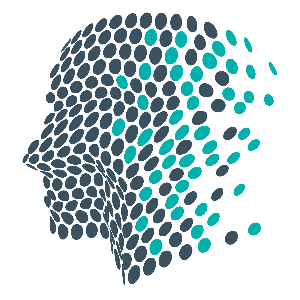Helping Your Child to Understand and Regulate Their Emotions
This week we have been looking at ways to we use non verbal cues to help children talk about their emotions; from mood stones to bear cards to the anger chart. These are all strategies we use to help children understand and connect with what is going on for them emotionally.
Children learn to self-regulate their emotions as they grow. Babies have simple ways to manage their emotional experiences. They may look away when they need a break or suck their thumb after hearing a loud sound. Most toddlers have learnt some self-regulation skills by about two years old, such as being able to wait a short time for something they want and paying attention when someone is talking to them. A three-year-old may be able to share a toy for a short time when a parent or carer is present but find it more difficult when the parent or carer is away from them. However, by the time children are about four, they are more able to understand and manage their emotions, slow down their behaviour and focus attention on tasks. Having given that wonderful timeline, it is important to remember that being able to do this consistently is a major task for a young child, just as it is for you and I.
When children learn to self-regulate they have stronger friendships and relationships with others, are more able to pay attention and learn new things and deal better with the normal stresses and disappointments of daily life.
As parents and carers there are a number of things we can do to help our children with these steps towards self-regulation.
Parents can help by creating and maintaining feelings of safety, calm and optimism in children, responding to their distress with a calm tone of voice, by holding, rocking or gentle touch, helping children learn they can feel comfortable and safe again.
Consider not scheduling too many activities throughout the day. When children feel overwhelmed, rushed, tired and stressed, the end result is tears, tantrums and difficulty sleeping (for both parent and child sometimes).
Modelling. Children learn by watching parents and carers manage their feelings and behaviour. When children see parents and carers effectively regulate their own emotions and actions, it helps them to learn how to manage their own feelings and behaviours.
Help your child express their emotions through language. Reflect their emotion, for example, “I can see you are sad/angry/disappointed...what can we do?”, or your own “I am feeling sad/angry/disappointed, but it's ok, because I am going to talk to my Mum/ sister/friend in a minute”. This conversation helps the child understand ways to express their emotions, and that support is available if they are struggling to self-regulate.
You can find more information on the development of children's social and emotional learning at https://www.kidsmatter.edu.au/mental-health-matters/social-and-emotional-learning.

